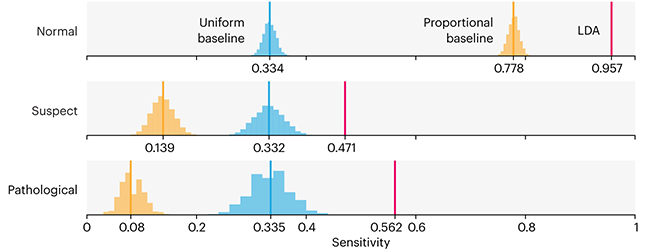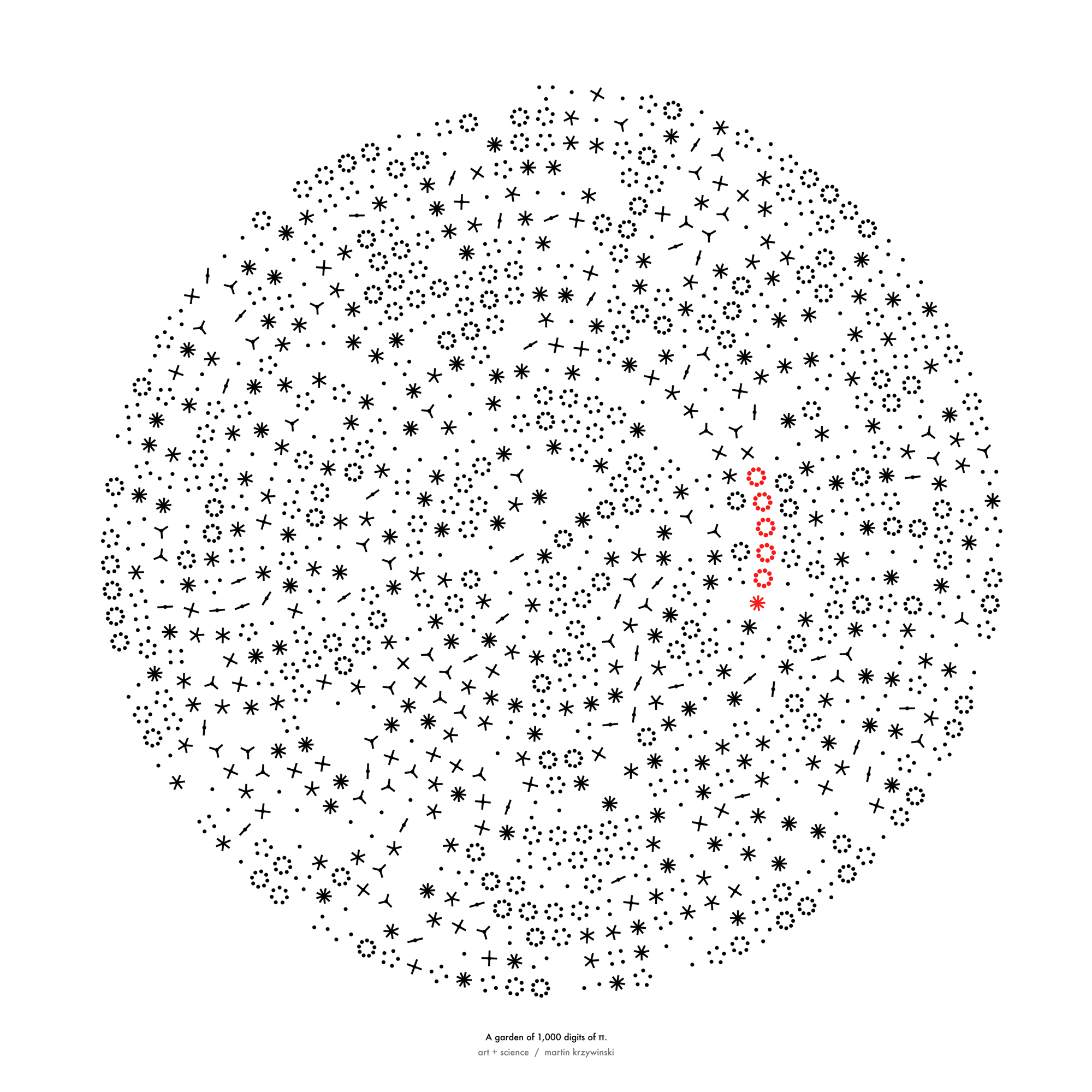Yes or No
Always just answers

contents
Do you want free answers to your problems presented in a clear and concise manner? Read on.
It doesn't matter whether you're arguing with your partner, friend, pet, or yourself. We can help.
Simply put: we provide answers to your problems.
How do we do it? Through our insightful knowledge of
- different types of problems
- different types of answers
- linear congruent method
we can confidently present an answer to your questions. It's hard to believe, I know!
The best part? Well, other than the right answers, of course. Our service is free! We provide answers at absolutely no charge. We don't want your money — we want you on your way with an answer in hand.
Why, answers of course. Your answer will appear in the following form

The correct course of action (YES, NO or MAYBE) will be presented one of many style.
We're confident that our answers are 100% correct.
Just read this testimonial — others have already been answered. You can be be next!
I have to say that I have never seen anything so useless in my life. This site serves no purpose that I can see. I'll be visiting every day.
—Evan M
Be prepared, though. Using our service may lead you down the correct road quickly, efficiently and with time to spare. You may be surprised.
When you're ready, focus on the question you want to have solved and hit the I WANT AN ANSWER button above.
Congratulations! Use it well.
Our records show that you have already received an answer of NO, which is fresh.
You can use this answer for the next 284 seconds. After this time, the answer will become stale and you'll need to get another one.
Meanwhile, think about what NO means and how it helps you solve your problem.
Don't we all. You can obtain an answer every 5 minutes.
Even if it feels like you can't wait — you can.
Finding answers to your problems — that's what we do.
It's not easy, especially when you consider the variety of problems we deal with.
That's why we use the linear congruent method in computing answers. Without burdening you with technicalities (those mathematicians sure like to make things sound complicated!), we have selected this method because
- the linear congruent method scales favourably with the number of problems — we can answer many problems without investing in expensive hardware
- “linear” is a common synonym for “straight”. We give you the straight answer.
- it is “congruent”, meaning that it corresponds to the right answer.
We provide answers to you free of charge. Our rewards come from solving your problems — every time.
So far, we have generated 712 answers. Each one as correct as the next.
Below is a sample answer. Do not use this answer to solve a problem. If you want a real answer, hit the I WANT AN ANSWER button above.
Nasa to send our human genome discs to the Moon
We'd like to say a ‘cosmic hello’: mathematics, culture, palaeontology, art and science, and ... human genomes.



Comparing classifier performance with baselines
All animals are equal, but some animals are more equal than others. —George Orwell
This month, we will illustrate the importance of establishing a baseline performance level.
Baselines are typically generated independently for each dataset using very simple models. Their role is to set the minimum level of acceptable performance and help with comparing relative improvements in performance of other models.

Unfortunately, baselines are often overlooked and, in the presence of a class imbalance5, must be established with care.
Megahed, F.M, Chen, Y-J., Jones-Farmer, A., Rigdon, S.E., Krzywinski, M. & Altman, N. (2024) Points of significance: Comparing classifier performance with baselines. Nat. Methods 20.
Happy 2024 π Day—
sunflowers ho!
Celebrate π Day (March 14th) and dig into the digit garden. Let's grow something.

How Analyzing Cosmic Nothing Might Explain Everything
Huge empty areas of the universe called voids could help solve the greatest mysteries in the cosmos.
My graphic accompanying How Analyzing Cosmic Nothing Might Explain Everything in the January 2024 issue of Scientific American depicts the entire Universe in a two-page spread — full of nothing.
The graphic uses the latest data from SDSS 12 and is an update to my Superclusters and Voids poster.
Michael Lemonick (editor) explains on the graphic:
“Regions of relatively empty space called cosmic voids are everywhere in the universe, and scientists believe studying their size, shape and spread across the cosmos could help them understand dark matter, dark energy and other big mysteries.
To use voids in this way, astronomers must map these regions in detail—a project that is just beginning.
Shown here are voids discovered by the Sloan Digital Sky Survey (SDSS), along with a selection of 16 previously named voids. Scientists expect voids to be evenly distributed throughout space—the lack of voids in some regions on the globe simply reflects SDSS’s sky coverage.”
voids
Sofia Contarini, Alice Pisani, Nico Hamaus, Federico Marulli Lauro Moscardini & Marco Baldi (2023) Cosmological Constraints from the BOSS DR12 Void Size Function Astrophysical Journal 953:46.
Nico Hamaus, Alice Pisani, Jin-Ah Choi, Guilhem Lavaux, Benjamin D. Wandelt & Jochen Weller (2020) Journal of Cosmology and Astroparticle Physics 2020:023.
Sloan Digital Sky Survey Data Release 12
Alan MacRobert (Sky & Telescope), Paulina Rowicka/Martin Krzywinski (revisions & Microscopium)
Hoffleit & Warren Jr. (1991) The Bright Star Catalog, 5th Revised Edition (Preliminary Version).
H0 = 67.4 km/(Mpc·s), Ωm = 0.315, Ωv = 0.685. Planck collaboration Planck 2018 results. VI. Cosmological parameters (2018).
constellation figures
stars
cosmology
Error in predictor variables
It is the mark of an educated mind to rest satisfied with the degree of precision that the nature of the subject admits and not to seek exactness where only an approximation is possible. —Aristotle
In regression, the predictors are (typically) assumed to have known values that are measured without error.
Practically, however, predictors are often measured with error. This has a profound (but predictable) effect on the estimates of relationships among variables – the so-called “error in variables” problem.

Error in measuring the predictors is often ignored. In this column, we discuss when ignoring this error is harmless and when it can lead to large bias that can leads us to miss important effects.
Altman, N. & Krzywinski, M. (2024) Points of significance: Error in predictor variables. Nat. Methods 20.
Background reading
Altman, N. & Krzywinski, M. (2015) Points of significance: Simple linear regression. Nat. Methods 12:999–1000.
Lever, J., Krzywinski, M. & Altman, N. (2016) Points of significance: Logistic regression. Nat. Methods 13:541–542 (2016).
Das, K., Krzywinski, M. & Altman, N. (2019) Points of significance: Quantile regression. Nat. Methods 16:451–452.
